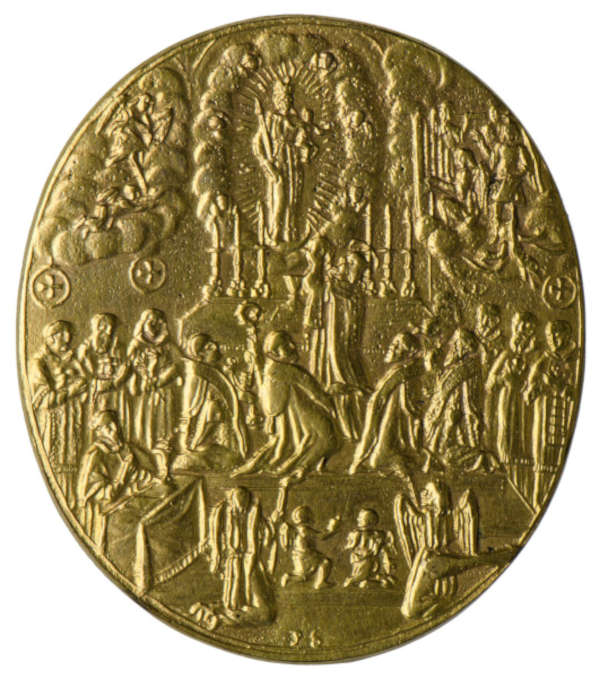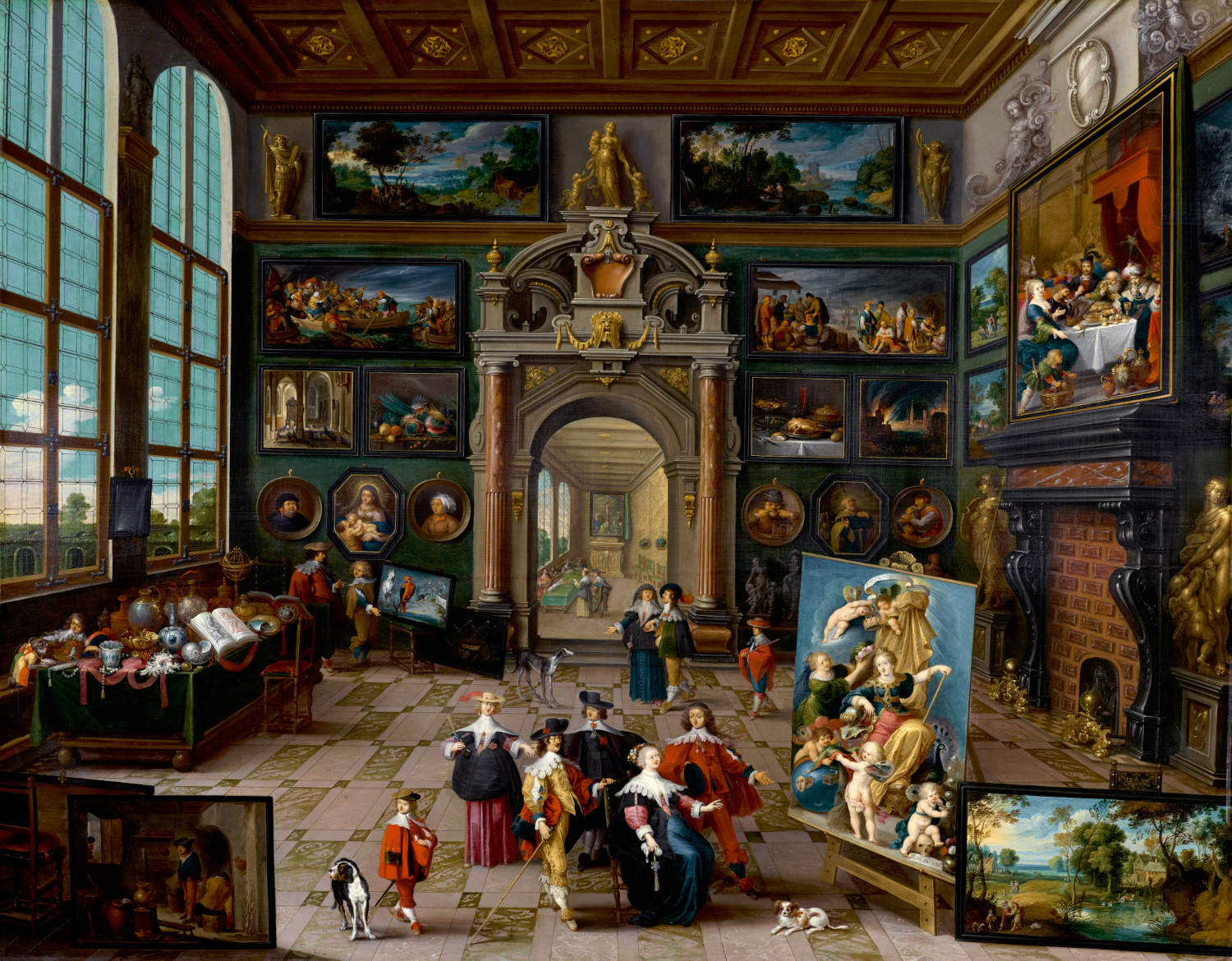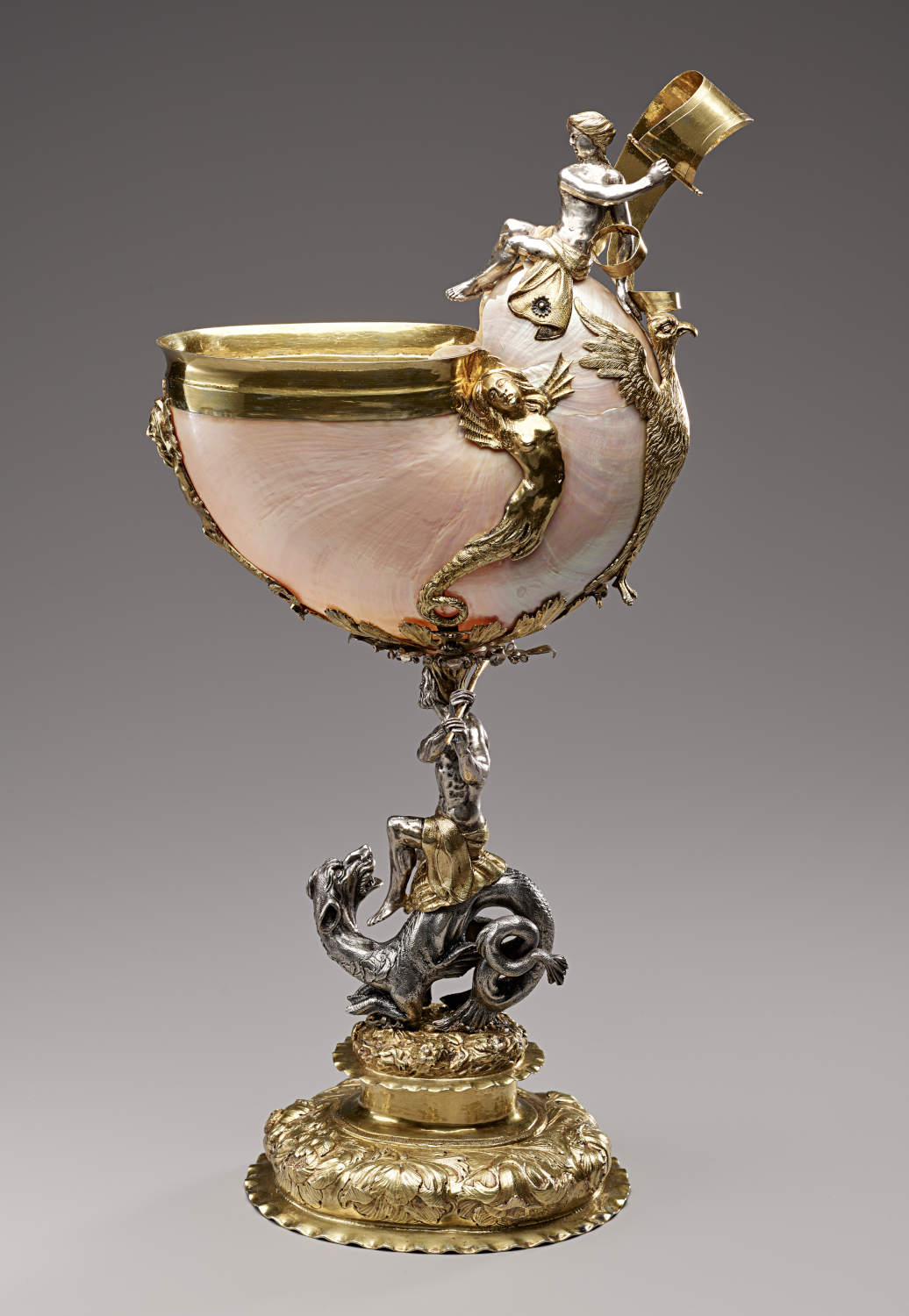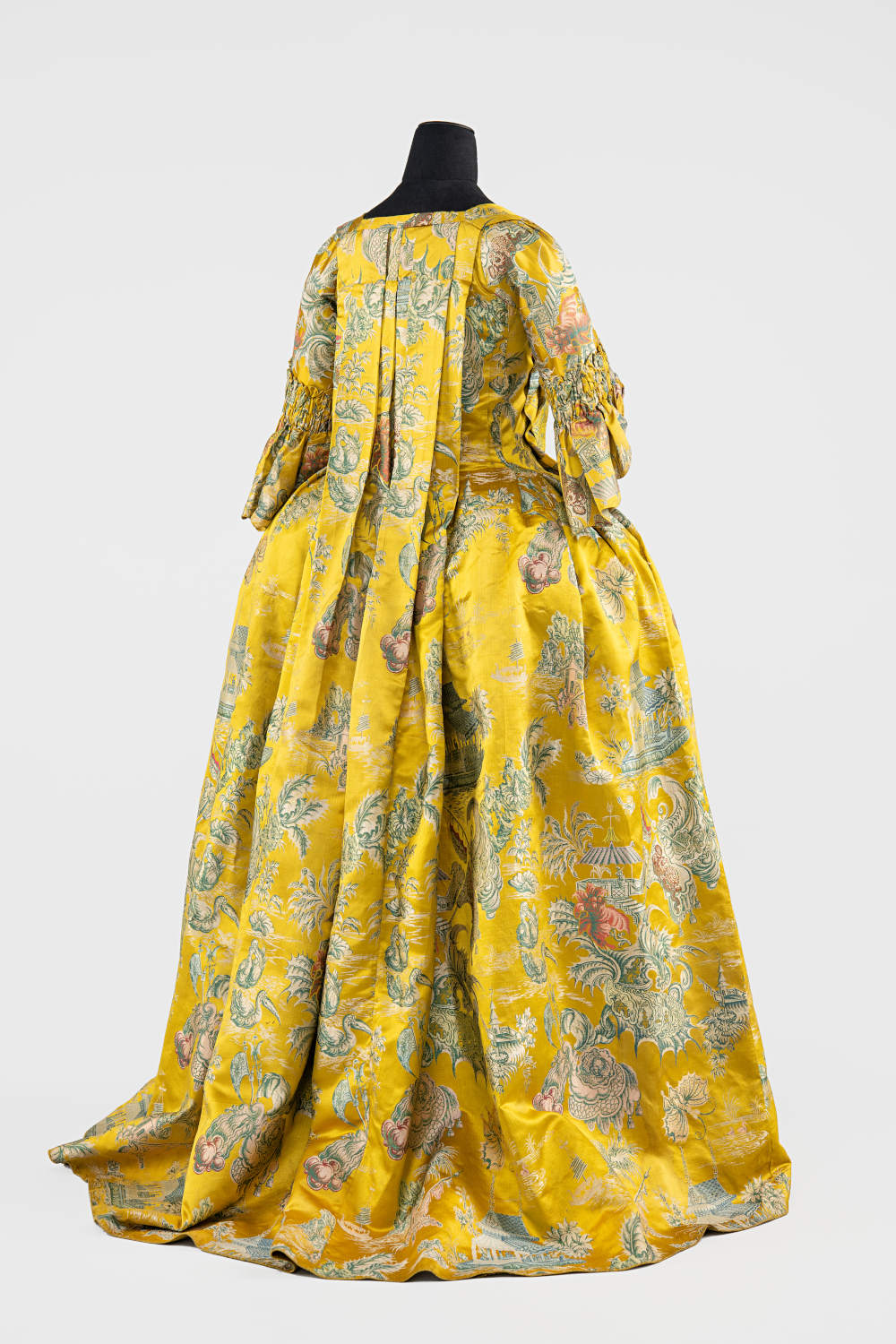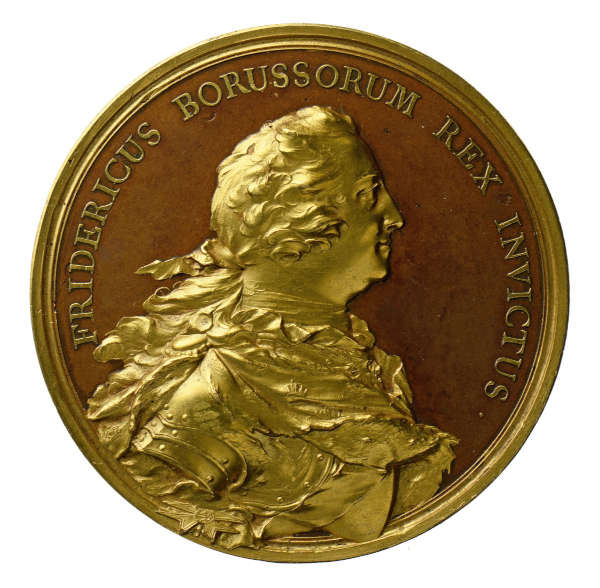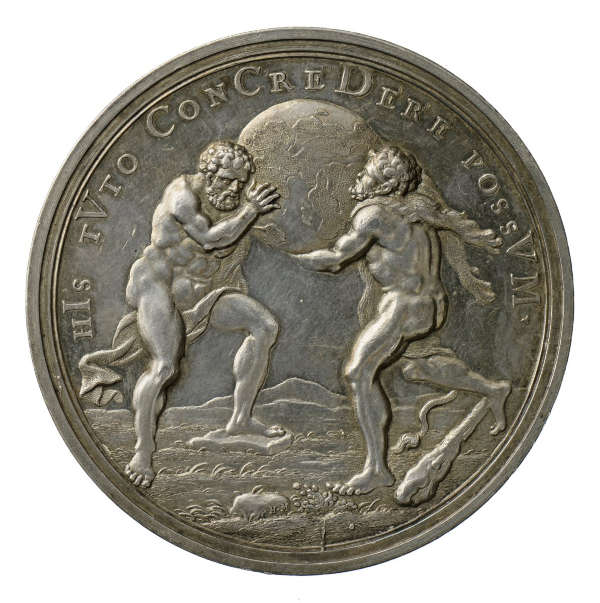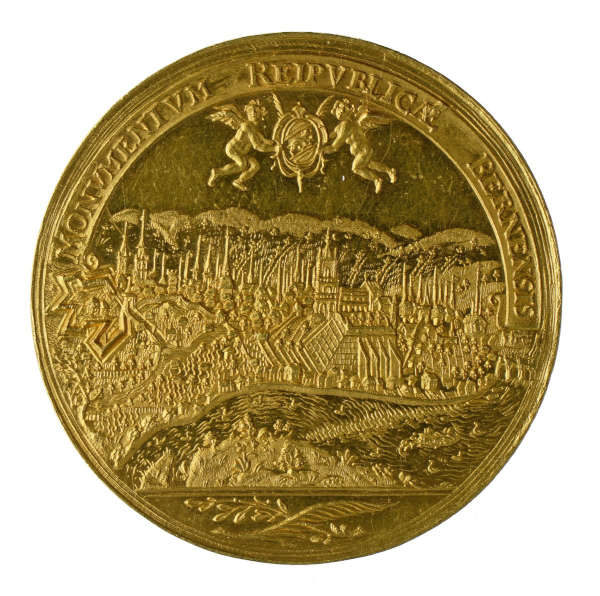Opulence and innovation on the one hand, death and crisis on the other: the Baroque was an age of great contrasts, and it left a legacy that survives to this day. In this year’s major autumn exhibition, the National Museum Zurich explores this era in depth.
For most people, the term “Baroque” conjures up images of magnificent churches and masterpieces of fine art, and extravagant monarchs living in sumptuous palaces. But there was much more to this period of approximately 200 years, between 1580 and 1780, than its reputation for splendor and excess would suggest. The Baroque was an age of extremes, with dark and tragic aspects. The grandeur and excess was juxtaposed against a background of ongoing religious wars, colonization and squalor.
The Thirty Years’ War and the Counter-Reformation were largely responsible for the rift within society. These conflicts evolved increasingly into a protracted struggle for power in Central Europe. This strife not only determined religious life and the political system in Europe, but also brought with it profound societal, economic and cultural changes. In this sea of contrasts, science and culture developed and transformed rapidly, leaving their mark on an increasingly interconnected and globalized world. The Swiss Confederation was a significant part of these diverse interrelationships. The region’s inhabitants adopted numerous trends in fashion, garden culture and interior design. And Swiss architects such as Ticino native Francesco Borromini, who worked mostly in Rome, had a hand in spreading the Baroque style further afield, designing important buildings throughout Europe.
The exhibition at the National Museum in Zurich shines a spotlight on this fascinating age, and reveals that the Confederation was an active part of this global epoch including, on many occasions, leading the way with new ideas and innovations. The show also looks at how, even today, elements of Baroque culture still shape our society – on the dinner table and in the garden, for example. Beautiful objects from Baroque architecture, garden culture, fashion and art illustrate the opulence and elegance of the era, without losing sight of their historical context.
For more information, please visit the website of the Landesmuseum Zürich.
Learn more about Zurich gold coins of the 18th century.
A solver by Johann Friedrich von Braunschweig-Calenberg illustrates a Baroque death ritual.




